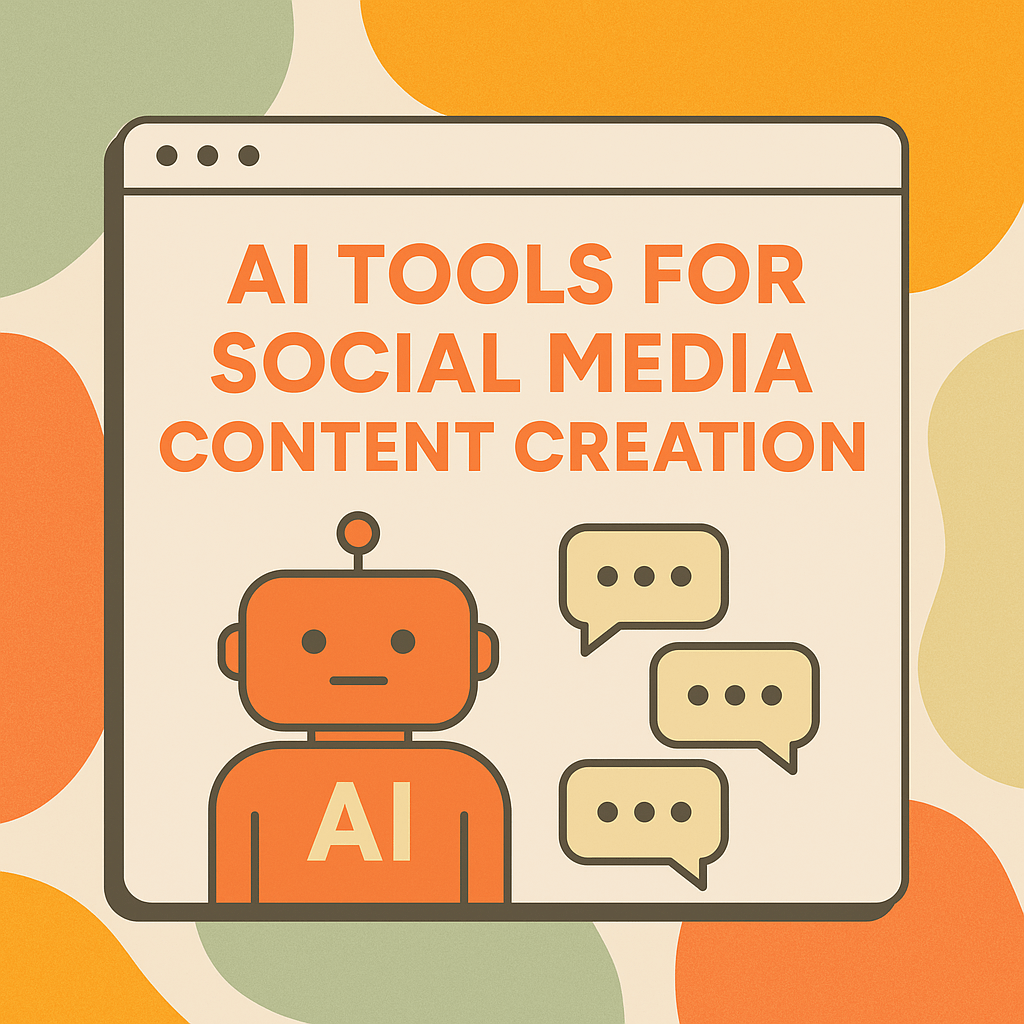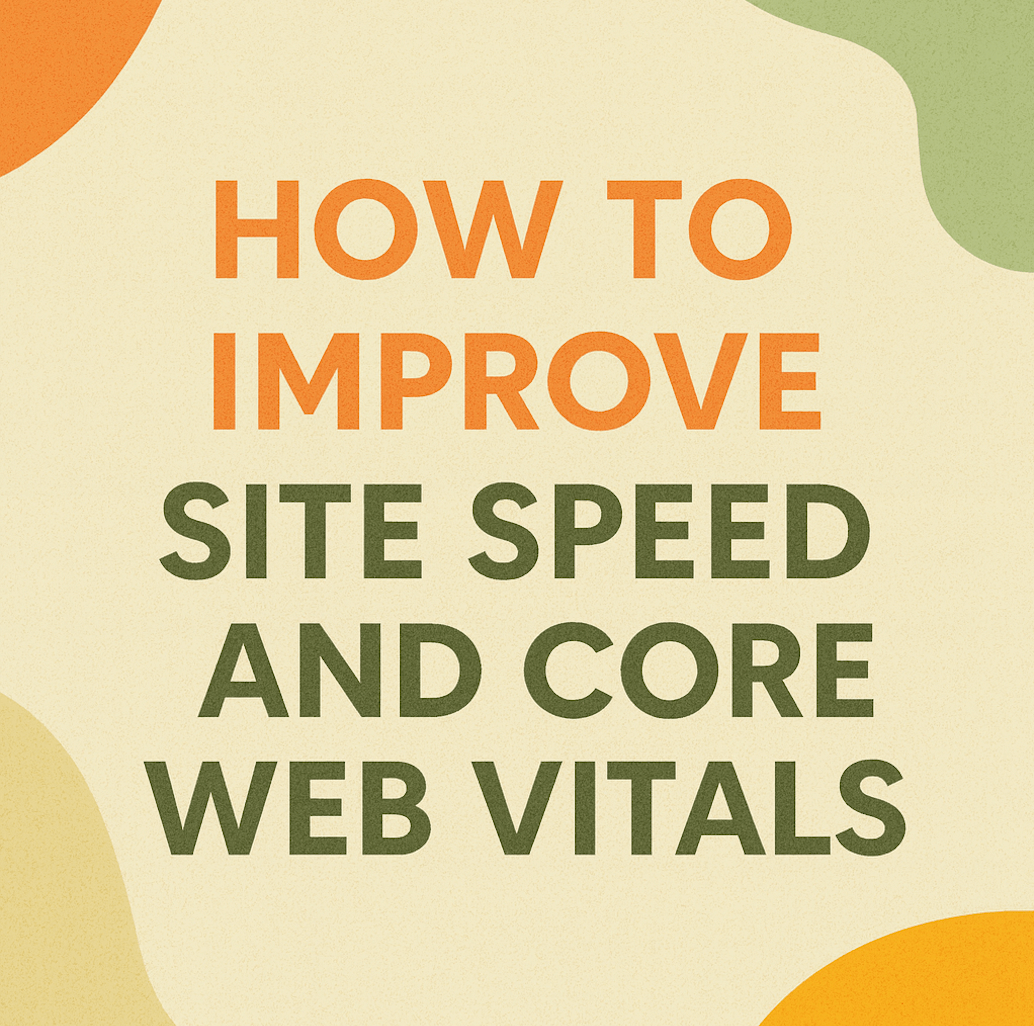Top AI Tools for Social Media Content Creation 2025
Background
Social media has evolved from a simple branding platform into a powerful sales channel. According to the DHL E-Commerce Trends Report, 70% of consumers expect to shop directly on social media by 2030, while 76% say social platforms influence their purchasing decisions.
These figures prove that brands can’t ignore social channels—but producing high-quality content at scale is time-consuming. That’s where AI social media tools come in.
AI can now generate captions, design visuals, edit videos, and even schedule posts automatically. It analyzes user behavior, predicts performance, and suggests improvements. In 2025, leveraging AI isn’t optional—it’s essential for staying competitive.
Why AI Is Essential for Social Media Marketing
Consumer behavior has shifted dramatically. With most users now shopping or discovering products through social media, your feed acts as a digital storefront. To stay visible, brands must post engaging content consistently across platforms—something traditional workflows can’t easily scale.
AI social media tools solve this by automating the hardest parts of content creation. They can:
Analyze trends, audience sentiment, and optimal posting times
Generate captions and summaries aligned with your brand voice
Crop and resize images automatically for each platform
Edit short-form videos or reels with music and subtitles
Suggest hashtags, reply to comments, and personalize engagement
AI also enhances targeting and performance optimization. Machine learning models can predict what kind of content will resonate most with your audience, increasing reach and engagement.
Top Types of AI Tools for Social Media in 2025
To choose wisely, it helps to understand the three major categories of AI content tools for social media:
A. AI Content Generators
These tools produce captions, headlines, ad copy, and even blog posts. They use natural language models to maintain your tone while optimizing for engagement.
Example: Madgicx’s AI Ad Generator creates multiple ad variations and runs automated audits around the clock.
Other strong examples include Copy.ai and Jasper, which provide customizable templates for captions, hashtags, and post ideas—ideal for scaling content across multiple platforms.
B. AI Video & Visual Editing Tools
AI video editing tools for social media automate cutting, captioning, background removal, and even storytelling.
They can:
Create polished clips from raw footage
Add branded elements and music automatically
Generate platform-optimized videos in minutes
Tools like Pictory, Runway, and Canva Magic Studio make professional-quality visuals accessible to creators and businesses of any size. These features help brands build a strong visual presence without large production teams.
C. AI Analytics & Optimization Platforms
AI analytics platforms track performance and predict which types of content will drive the best results.
They can:
Identify optimal posting times
Suggest content formats and keywords
Measure ROI across multiple social channels
By combining content creation and analytics, brands can continuously refine and improve their social media strategy.
How to Choose and Implement the Best AI Tools
Selecting the best AI tools for social media in 2025 depends on your goals, budget, and workflow.
Step 1: Identify Your Bottlenecks
Do you spend too much time writing captions, editing videos, or analyzing results? Choose tools that directly address those pain points.
Step 2: Compare Features & Pricing
Content creation tools: Ideal for captions, blogs, and ad copy.
Video editing tools: Automate short-form video creation and visual design.
Comprehensive AI platforms: Like Madgicx, offering both creation and analytics starting around $58/month (plus optional add-ons).
Always explore free trials before committing to ensure the tool fits your workflow.
Step 3: Prioritize Integration & Ethics
The best AI tools integrate with your scheduling platforms, analytics dashboards, and CRM systems. Ensure they adhere to ethical AI standards—transparent data handling, bias reduction, and privacy compliance.
Implementation Tips
Define clear goals (engagement, conversions, or efficiency).
Train your team and maintain brand tone guidelines.
Use analytics to monitor AI-generated content performance.
Balance automation with human creativity for authentic storytelling.
Frequently Asked Questions
-
Not at all. AI tools enhance human marketers rather than replace them. They handle repetitive, data-driven tasks like writing captions or scheduling posts, allowing creative teams to focus on storytelling and community building.
However, human oversight is vital for ensuring authenticity and emotional resonance. AI can generate drafts and optimize timing, but it can’t replicate empathy, brand personality, or cultural awareness. The most successful marketing strategies in 2025 combine AI efficiency with human creativity to deliver engaging, relatable content.
-
AI increases ROI by streamlining production and improving decision-making. Machine learning models analyze engagement patterns to predict which content types perform best, recommend hashtags, and identify optimal posting times.
By automating repetitive work, marketers save hours every week—redirecting time toward strategy, partnerships, and creative innovation. In addition, AI tools track performance metrics in real time, allowing you to quickly adapt campaigns to maximize conversions. The result? More output, lower costs, and higher returns on investment.
-
The main risks include:
Loss of authenticity: AI-generated content can feel generic without human editing.
Data privacy concerns: Choose vendors compliant with regulations like GDPR and CCPA.
Bias or lack of cultural sensitivity: AI outputs can unintentionally reflect bias from training data.
To mitigate these risks, brands should implement a “human-in-the-loop” system—where marketers review, refine, and contextualize AI-generated content before publishing. Regular audits also ensure alignment with brand voice and inclusivity standards.
-
Small businesses should begin with AI content generators or video editors that deliver the highest time savings.
Tools like Canva Magic Studio, Jasper, and Madgicx offer beginner-friendly interfaces, affordable plans, and easy integrations with platforms like Buffer, Hootsuite, or Meta Business Suite.
Start with one tool that solves your biggest challenge—whether it’s creating visuals, writing captions, or optimizing post timing. As your social presence grows, you can scale into analytics or automation platforms for deeper insights.
-
Absolutely. AI for social media is only just beginning. Future tools will offer deeper personalization, real-time content generation, and seamless integration with eCommerce platforms. Expect systems that adapt dynamically to each user’s preferences—customizing tone, visuals, and even call-to-actions based on audience data.
However, this evolution comes with greater responsibility. As AI becomes more embedded in marketing, transparency, data ethics, and brand integrity will be key. Businesses that embrace innovation while staying authentic will lead the next generation of digital engagement.





